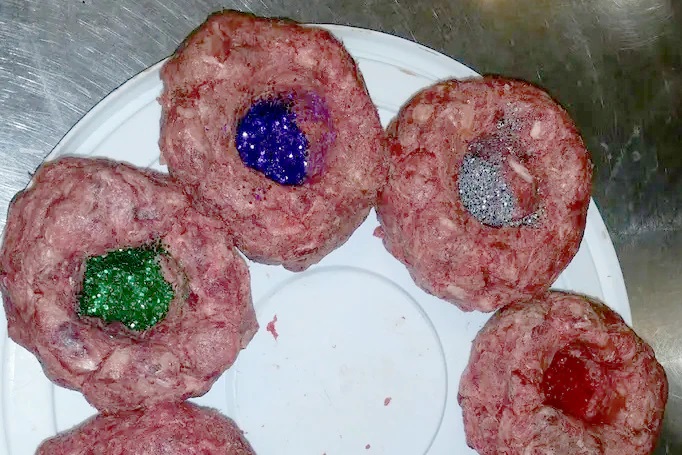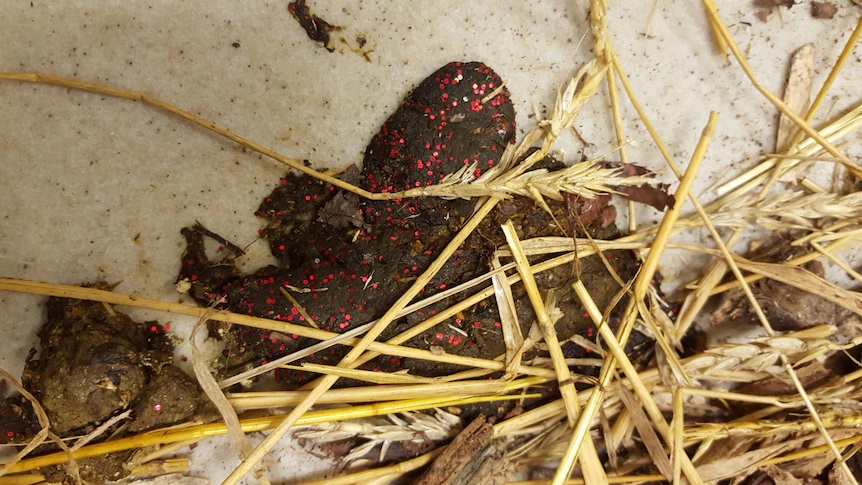A fun but useful way to distinguish animals’ poop
Investigating animal poop can reveal a lot of information: from a wild animal’s nutrition to how to assist endangered species in breeding. When trying to figure out what’s wrong with a zoo animal’s health, vets frequently look at animal poop.
Stress hormones, reproductive hormones, and evidence of parasites can all be detected in feces, and they can all be analyzed without the use of needles or intrusive procedures. However, you may wonder how you can tell whose poo is whose.
Because you can’t always wait till an animal drops it on the ground, you can simply feed the target animal glitter.
So, when it’s time for a zookeeper to collect a sample, they just need to search for the sparkly poo.
“Glitter is great, it’s non-toxic, it doesn’t get digested”, says Dr. Ian Smith, senior veterinarian at Zoos South Australia.

This practice is particularly important for species like rhinos, who defecate in a communal midden, making it difficult to distinguish individual droppings without glitter, as Dr. Smith explains.
Glitter is popular at zoos all across the world, including the Assiniboine Park Zoo in Winnipeg, Canada, which has polar bears. Glitter has recently been under fire for its environmental effects, yet it is harmless for both animals and the environment when handled in a regulated veterinarian setting.
“I rely on what’s suitable for little kids because they are always sticking stuff in their mouth anyway”, Dr. Smith says.
Dr. Smith notes that feces is constantly cleaned up from animal enclosures to reduce the risk of parasites, and this also reduces the chance of glitter escaping into the environment. Taronga Zoo’s regular poo identifying arsenal does not include glitter, according to Justine O’Brien, manager of science and conservation at Taronga Zoo, who says the team prefers food dye or corn.
Anyway, poop is a very useful resource to grab precious information about animals life, it doesn’t matter how it’s collected.
Source abc.net.au

